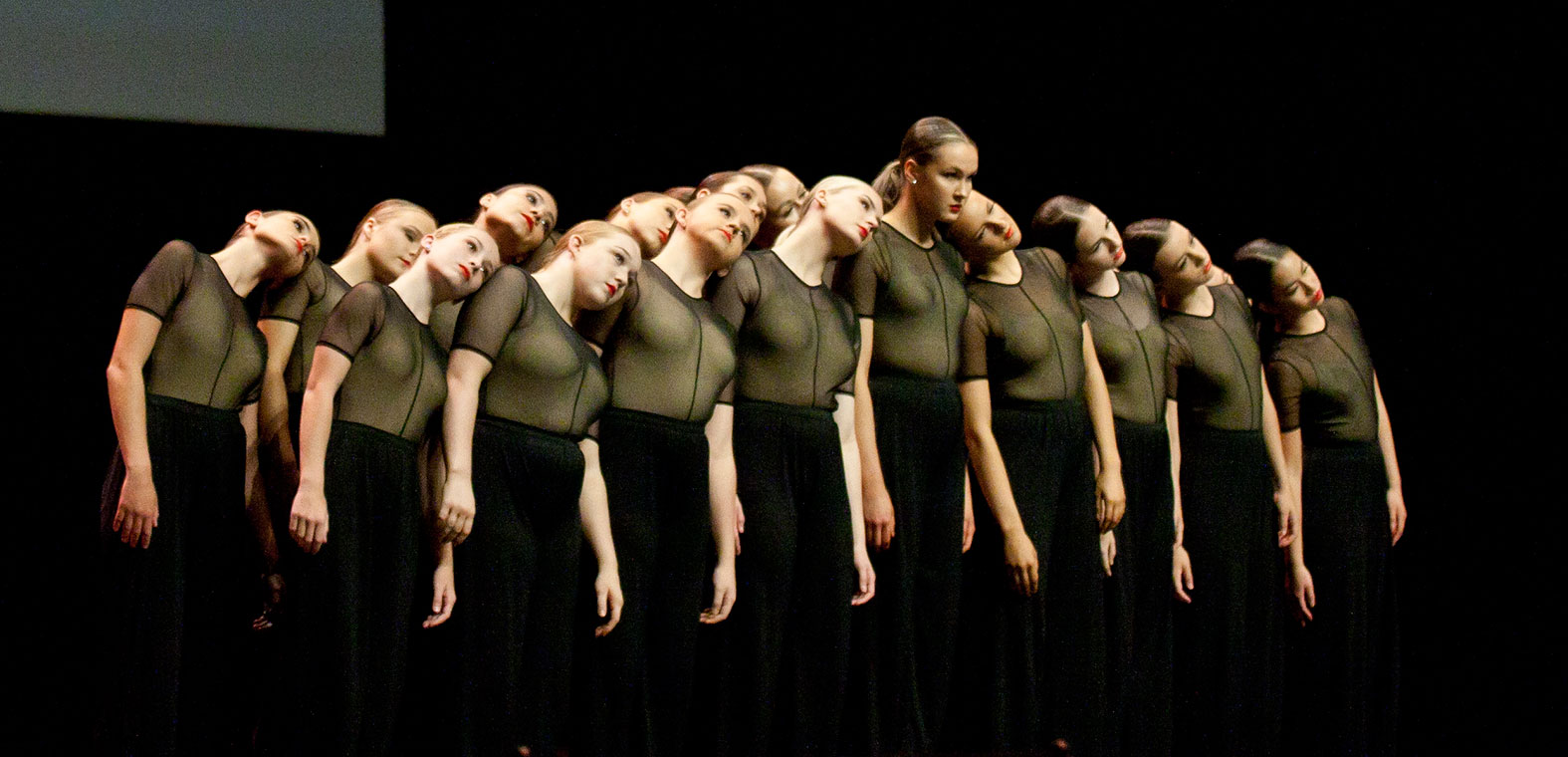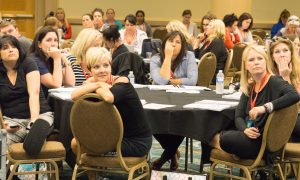Some of my earliest memories from my formal dance education are of watching the “model” student stand in the front of the class and demonstrate how to execute (input said skill). Without realizing it at the time, this behavior, while attempting to support education and skill building, actually created an unhealthy atmosphere for comparison. I would spend the next 20 years either comparing myself to the “best” student or striving to be the best student who showcased everything, which didn’t happen very often. This often left me feeling inadequate, frustrated and disappointed.
Some of you reading this may be nodding along. It’s not an uncommon practice, especially in dance to compare and contrast ourselves with our peers. While it can foster healthy competition and encourage students to work toward a goal, improve skills and achieve a greater level of performance, it can also lead to unhealthy behaviors that can harm a dancer’s mental and physical health. This can lend itself to comparison of things beyond skills like body image and aesthetics.
I don’t believe any of us got into the field of dance or became dancers to meet an impossible standard or to be anyone else but ourselves. And yet, somewhere along the line between our first ballet shoes and our first job audition or class lecture, we find ourselves being more concerned with how we measure up to others than how authentic we are in our own body. This culture of competition over connection has deep roots in the dance community and well, the arts on a broader scale. Comparison is not all bad, but it can lead to dangerous outcomes if not properly cultivated and managed. There are many ways educators can foster connection over comparison and for individual dancers to keep their need to compare in check.
For educators:
Support student’s individuality by focusing on strengths.
Offer constructive feedback while also pointing out an accomplishment.
Facilitate mentorship over competition or comparison.
Encourage more advanced dancers to move with less experienced or novice dancers.
Create space for all bodies and abilities in the dance studio.
For students:
Focus on strengths outside of the studio to support confidence and self-esteem.
Ask more experienced dancers for advice or support on skills you are looking to strengthen.
Explore opportunities to dance with people with different lived experiences from your own.
Find a confidant or mentor who models connection and collaboration, not just competition.
Reach out for professional support that prioritizes your mental and physical health.
Additionally, there are steps you can take to reinforce connection on a body level through gentle simple movement practices. Thanks to the mind-body connection, this can help support and challenge thoughts and habits associated with comparison and competition. Here are five movement practices to support connection over comparison.
#1. Explore your spine.
The spine encapsulates your self-awareness. Engaging the spine in any and all movement possible support identity formation, self-awareness, and connection to our own need, ideas and values. This allows you to honor and focus on your own values, strengths and abilities ideally without judgement.
#2. Connect to your pelvis.
The pelvic region of the body is connected to feeling rooted and grounded which facilitates connection to self as well. Feel the weight of your body as you shift or rock your hips. Try on different rhythms. Or simply sit and breathe into your lower abdomen and back.
#3. Find your balance.
Play with your center of gravity. Challenge your balance and find opportunities to regain or explore your balance from a position of instability. This reinforces your ability to stand on your own two feet, stand your ground, and stand up for yourself and your needs.
#4. Embrace the push and pull.
Engage in movements that focus on pushing away or pulling into the body. This supports exploration of personal boundaries which are often compromised when comparison and competition are prioritized. Explore the oscillation between the two polarities, finding the middle ground as an opportunity to connect and recognize your individual needs and strengths.
#5. Slow down to check in.
It is vital to slow down your movements in order to create time and space to recognize your emotional and physical needs. Competition and comparison has the ability to speed us up while we try to “keep up” with those around us who we see as “better” or more skilled. Speeding up will only lend itself to injury and burnout. Even taking a few minutes a day to slow down and check in with your emotions, feelings and thoughts can have a huge impact on your ability to connect to yourself.
Most importantly, become aware of your need to compete or compare yourself to others. This will create a baseline for where you are on your journey. It is vital to recognize where you currently are in this process in order to assess where you would like to be. Practice compassion over judgment, as this may be a new process and will take time to re-pattern in the body and mind.
By Erica Hornthal, LCPC, BC-DMT, Dance/Movement Therapist, Chicago Dance Therapy.
Erica Hornthal, known as “The Therapist Who Moves You,” is a board-certified dance/movement therapist and licensed clinical professional counselor. She is the founder and CEO of Chicago Dance Therapy and the author of Body Aware: Rediscover Your Mind-Body Connection, Stop Feeling Stuck, and Improve Your Mental Health through Simple Movement Practices.















